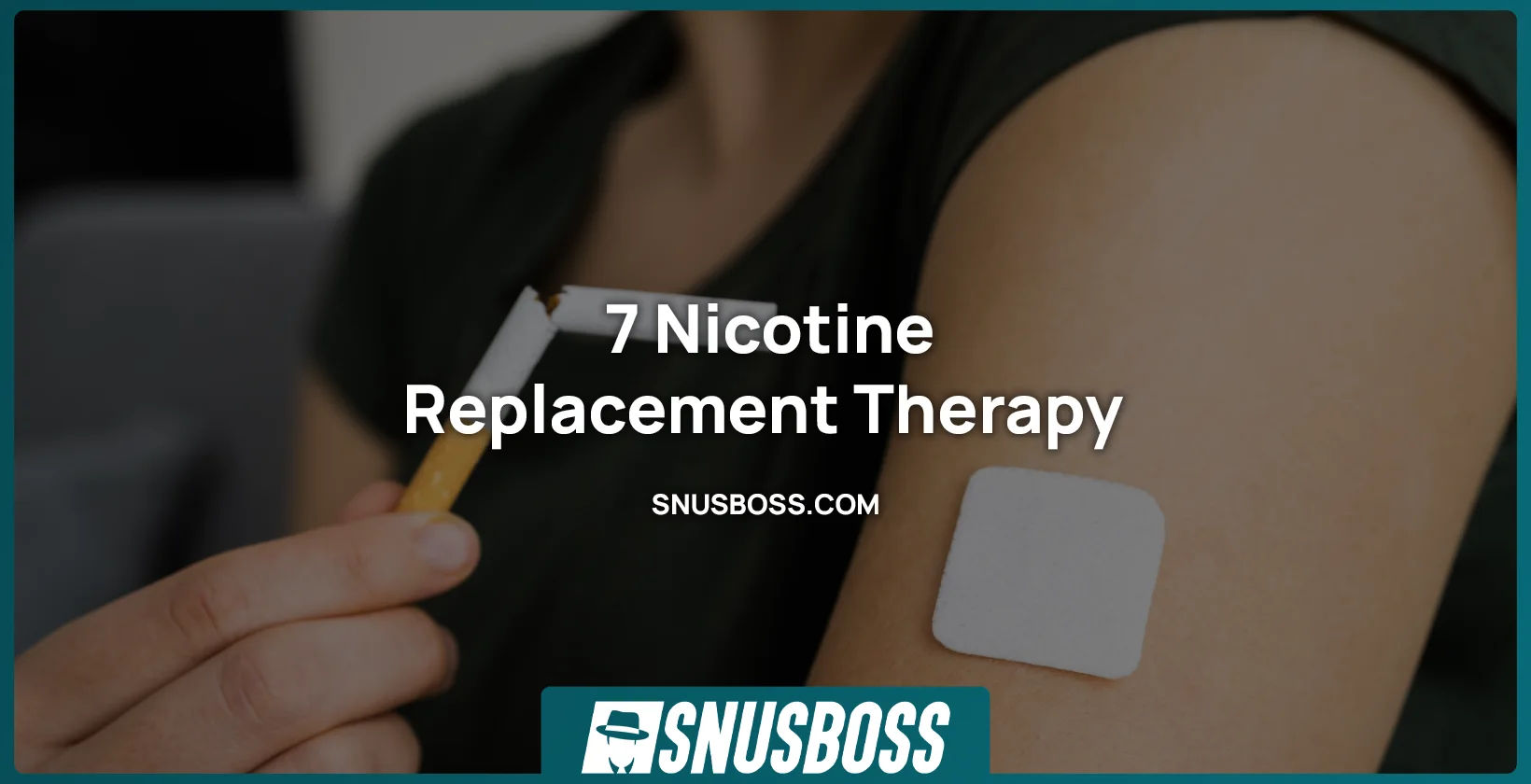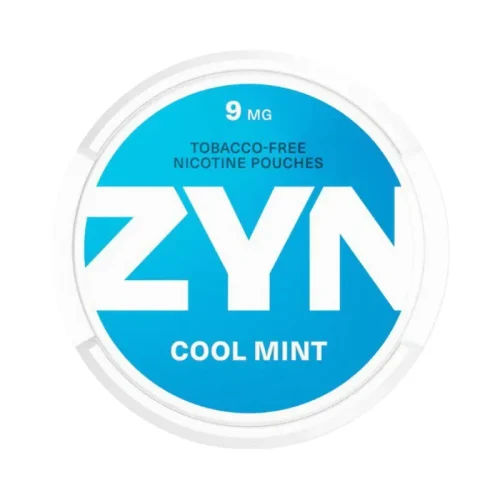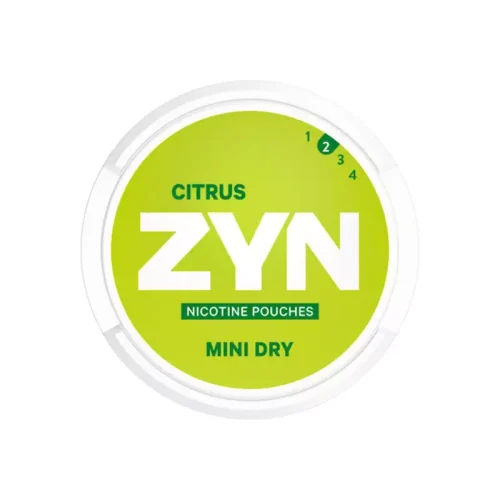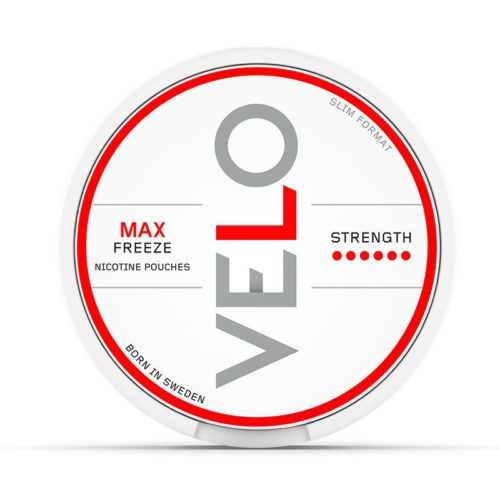NRT or Nicotine replacement therapy gives you nicotine, but not the other harmful chemicals in tobacco, in the form of gum, patches, sprays, inhalers, inhalers, lozenges, Chantix (Varenicline), or Zyban. You need a prescription for nasal spray, inhalers, Chantix (Varenicline) and Zyban(Bupropion SR, Wellbutrin SR), the other NRT options are sold over the counter. NRT can help relieve some of the physical withdrawal symptoms so that you can focus on the emotional aspects of quitting. Many studies have shown that using NRT can nearly double the chances of quitting smoking, according to the American Cancer Society. NRT (Nicotine Replacement Therapy) helps you quit using tobacco products that cause many diseases (cancer, lung disease).
Nicotine remains in your body for 1 to 3 days after you stop using nicotine products, according to WebMD. Nicotine will not be detectable in your urine 3 to 4 days after you stop using nicotine products. Nicotine overdose can occur if you consume more than 0.3 mg of nicotine per kilogram of your weight. If your weight is 11 stone/166 lbs (75 kg) and you use 12 mg/g nicotine pouches with a weight of 0.7 g per pouch, then the maximum pouches you should use per day is between 13 and 27 depending on your tolerance of nicotine. There can be anywhere from 8 milligrams to 20 milligrams of nicotine found in a single cigarette, with the average amount being 12 milligrams according to Nicotinell.
1. Patches
A patch sticks on the skin and contains a small dose of nicotine, which absorbs through the skin and then enters the blood
The advantage of it is that it gives a measured dose of nicotine through the skin and you carefree for the next 16 – 24 hours.
Side effects are: skin irritation (redness and itching), dizziness, racing heartbeat, sleep problems or unusual dreams (more common with the 24-hour patch), headache, nausea, muscle aches and stiffness.
Depending on weight and smoking habits, most people who smoke should start using a full-strength patch (15-22 mg of nicotine) daily for several weeks, and then use a weaker patch (5-14 mg of nicotine) for another several weeks as stated by the American Cancer Society. The patch is used daily. It should be put on in the morning on a clean, dry area of the skin without much hair. It should be placed below the neck and above the waist: for instance, on the upper arm or chest. The FDA has approved using the patch for a total of 3 to 5 months, but using it longer is better than going back to smoking.
Nicotine patches are available with and without a prescription. The prescription can be used in some states to get Medicaid to cover some of the expenses. Contact your healthcare provider to find out if it applies to your state.
The effectiveness of patches is 15.7 % according to research written by Baker, Piper, Smith, Bolt, Stein, & Fiore (2021). The effectiveness will be higher when other NRTs are combined with nicotine patches.
2. Gum
A nicotine gum is a chewing gum containing nicotine used as a substitute for the active ingredient in tobacco.
The advantage of gum is that it allows you to control the amount of nicotine you get. It is also fast acting and can be combined with other NRTs.
Side effects of gum are: bad taste, throat irritation, mouth sores, hiccups, nausea, jaw discomfort, and racing heartbeat.
For best results with using nicotine gum, follow the instructions in the package. Nicotine gum is not meant to be used like regular gum. Chew the gum slowly until you get a peppery taste or tingle. Then tuck it inside your cheek until the taste disappears. Chew it to get the peppery taste back, and hold it in your cheek again. Do this activity for 20 to 30 minutes. Food and drink can affect the nicotine absorption, so do not eat or drink for at least 15 minutes before and during gum use.
Gum is available without the prescription2, to purchase over the counter.
The effectiveness of the gum is doubling your chance of quitting according to Nicorette.
Read more: What is nicotine gum.
3. Lozenges
Lozenges are hard candy-like tablets that contain a small dose of nicotine that are used as a substitute for the active ingredient in tobacco.
The advantages of lozenges are that it is less conspicuous than the gum and are generally sugar free. Other advantages of lozenges are that they are fast acting and help to keep your cravings under control.
Side effects of lozenges are: nausea, hiccups, sore throat, cough, heartburn, headache, gas, trouble sleeping, and racing heart.
For using the lozenges do not eat or drink for at least 15 minutes before using or while using. Do not use more than one lozenge at a time and do not use one right after another. Suck on the lozenge until it fully dissolves (20 to 30 minutes). Move it from side to side in your mouth. Do not bite or chew it like hard candy. Do not swallow a lozenge. Do not use 6 or more lozenges in 6 hours, or more than 20 lozenges per day. Quit using the lozenge after 12 weeks. Contact a doctor if you have any worries.
Lozenges are available without the prescription to purchase over the counter.
The effectiveness of lozenges is doubling your odds of quitting than when you would try to quit without them according to a clinical trial published in 2002 and written by Shiffman, Dresler, Hajek, Gilburt, Targett, and Strahs.
Read more: What are Lozenges.
4. Nasal sprays
Nasal spray is a nose spray that contains a small dose of nicotine, that enters the bloodstream by being absorbed through the lining of the nose, as defined by the American Cancer Society.
The advantages of nasal spray are that it delivers nicotine to the bloodstream rapidly and it relieves withdrawal symptoms very quickly.
Side effects of nasal spray are: nasal irritation, runny nose, watery eyes, sneezing, throat irritation, coughing, racing heart, nervousness, and headache.
For using nasal spray most people are told to use 1 to 2 doses per hour (1 dose = 1 spray in each nostril). At least 8 doses each day when you first start, but use as directed by your healthcare provider. The maximum number of doses a day is 40. Contact your healthcare provider to find the best course of treatment for you. The FDA recommends that the spray is prescribed for 3-month periods and that the maximum time for using is 6 months.
You need a prescription from a prescribing healthcare provider for purchasing the nicotine nasal spray.
The effectiveness of nicotine nasal spray is 2,5 times higher than the placebo, according to a clinical trial published in 1999.
5. Inhalers
Inhalers are defined as devices used to inhale (breathe in) small doses of nicotine through the mouth, according to the American Cancer Society. The nicotine inhaler is a thin plastic tube with a nicotine cartridge inside.
The advantages of nicotine inhalers are they allow you to mimic the use of cigarettes by puffing and holding the inhaler. It also works quickly.
Side effects of nicotine inhales are: coughing, mouth and/or throat irritation, runny nose, upset stomach, racing heart, nervousness, and headache.
For using a nicotine inhaler, you puff on the inhaler and the cartridge sends a pure nicotine vapor into your mouth. The cartridge can be used all at once- over about 20 minutes, or used a few minutes at a time. The recommended dose is from 4 to 20 cartridges a day, slowly lowering dosage over 6 months.
You need a prescription from a prescribing healthcare provider for purchasing the nicotine inhaler.
The effectiveness of nicotine inhalers was 8 times higher than the placebo group after the 15-month clinical trial published in 2006 by Rennard, Glover, Leischow, Daughton, Glover, Muramoto, Franzon, Danielsson, Landfeldt, & Westin.
6. Chantix (Varenicline)
Chantix (Varenicline) is defined as a drug used to help people stop smoking by acting the same way nicotine acts in the brain according to the American Cancer Society.
The advantages of Chantix (Varenicline) are that it is easy to use, it comes in the shape of a small pill, you can start using it while smoking and it is generally well tolerated.
Side effects of Chantix (Varenicline) are nausea, gas, vomiting, constipation, and a disruption in dream patterns.
For using Chantix (Varenicline) there are different options. One way is to set a date to quit smoking before beginning treatment with this drug. Follow the doctor’s instructions to the point, begin taking the tablet 1 to 2 weeks before quitting. Take one 0.5-milligram tablet once a day for 3 days, then increase to one 0.5-milligram tablet twice a day for 4 days. The dose is slowly increased to decrease side effects Smoking is allowed at this point. Stop smoking on the date set for quitting. Take the dose prescribed by your doctor twice a day for the rest of the treatment period (normally 12 weeks). The other way to use varenicline is to start taking the drug before you choose a date to quit smoking. Start with the 0.5-milligram tablets and increase the dose as directed by your doctor. Pick a date to quit smoking that is between days 8 to 35 of the treatment. Stop smoking on the date you have chosen. Take the dose prescribed by your doctor for the rest of the treatment period.
You need a prescription from a prescribing healthcare provider for purchasing Chantix (Varenicline).
The effectiveness of Chantix (Vareniciline) was at 65% according to 4 different clinical trials carried out by Pfizer.
Read more about how Chantix is used.
7. Zyban (Bupropion SR, Wellbutrin SR)
Zyban (Bupropion SR, Wellbutrin SR) is a drug used to treat depression and smoking addiction, it does not contain nicotine, according to the American Cancer Society.
The advantages of Zyban (Bupropion SR, Wellbutrin SR) are that it does not contain nicotine and it decreases nicotine withdrawal symptoms.
Side effects of Zyban (Bupropion SR, Wellbutrin SR) are that you may have trouble sleeping.
For using Zyban (Bupropion SR, Wellbutrin SR) you take this medication orally with or without food as directed by your doctor, usually twice a day. It is important to take your doses at least 8 hours apart or as directed by your doctor to decrease your risk of seizure. Swallow the tablets whole. Do not crush or chew the tablets. It is recommended that you do not try to quit smoking until you have been taking bupropion for 1 week so that the drug can reach a high enough level in your blood.
You need a prescription from a prescribing healthcare provider for purchasing Zyban (Bupropion SR, Wellbutrin SR).
The effectiveness of Zyban (Bupropion SR, Wellbutrin SR) has been approximately twice as effective as placebo at three months, and approximately 1.5 times as effective as placebo at 1 year according to William Deardorff, PhD, Psychologist (2008). Most studies show success rates of about 30% at 3 months and about 15% at 1 year.
What is Nicotine Replacement Therapy or NRT?
NRT or Nicotine replacement therapy is a therapy that gives you nicotine, but not the other harmful chemicals in tobacco, in different forms. NRT can help relieve some of the physical withdrawal symptoms so that you can focus on the emotional aspects of quitting. NRT helps to prevent nicotine withdrawal symptoms. The US Food and Drug Administration (FDA) has approved 5 forms of nicotine replacement therapy (NRT): patch, gum, nasal spray, inhalers and lozenges as stated by American Cancer Society.
Why is Nicotine Replacement Therapy (NTR) Important?
Nicotine Replacement Therapy (NRT) is important because it helps to quit using tobacco products, which cause a lot of illnesses (cancer, lung diseases and so on). Many studies have shown using NRT can nearly double the chances of quitting smoking as written by the American Cancer Society.
Learn more about nicotine withdrawal.
How Does Nicotine Replacement Therapy (NRT) Work?
Nicotine replacement therapy (NRT) can reduce the difficult withdrawal symptoms and cravings that keep most people from giving up tobacco.
Many people can quit tobacco without using NRT, but most do not succeed on the first try. As a fact, people usually take many tries before they are able to actually quit. Most people, who try to quit on their own, go back to smoking within the first month of quitting usually because of the withdrawal symptoms. Actually, there are now more people who formerly smoked than people who currently smoke.
NRT with its combined options increases chances for smoking cessation .
Who Uses Nicotine Replacement Therapy (NRT)?
The US Agency for Healthcare Research and Quality states that nicotine replacement therapy (NRT) is safe for all adults who want to quit smoking except teens and pregnant women. People who are still smoking or using any other form of tobacco must not use NRT. FDA has not approved them to be used in a combined way. Contact your doctor to see if you have no underlying conditions that make it dangerous for you to use NRT.
How to Choose the Right Nicotine Replacement Therapy (NRT)?
Learn about g nicotine replacement therapy (NRT) options smoking and how combining them may help. Contact your doctor about choosing the right option for you. Keep in mind it is not safe if you are a teen or a pregnant woman.
When is the Right Time to Take Nicotine Replacement Therapy (NRT)?
It is the right time to take the nicotine replacement therapy (NRT) when you are severely addicted to nicotine, as stated by the American Cancer Society. Severe nicotine addiction signs are: smoking more than 1 pack a day, smoking within 5 minutes of waking up, smoking while sick, waking up at night to smoke, smoking to ease the symptoms of withdrawal.
How much Nicotine Can I get from NRT?
From the NRT you can get different amounts of nicotine depending on your choice of NRT. But the average NRT doses of nicotine are listed here (MaineHealth Center for Tobacco Independence):
- Nicotine patch 7 mg/g daily
- Gum 2 mg/g (maximum 20 pieces a day)
- Lozenge 2 mg/g (maximum 24 pieces a day)
- Inhaler 10 mg/g (maximum 6-16 cartridges a day)
- Nasal spray 10mg/ml (1 spray in each nostril per hour)
- Zyban (Bupropion SR, Wellbutrin SR) 150 mg once a day
- Chantix (Varenicline) 0,5 mg – 1 mg once day
Learn more about daily consumption of nicotine pouches.
What is the Timeline of Undergoing Nicotine Replacement Therapy (NRT)?
The nicotine withdrawal timeline is (WebMD):
- 30 minutes to 4 hours: The effects from the nicotine will wear off and you will start craving for another dose of nicotine.
- 10 hours: You are very restless, physically crave a cigarette, and wonder how to fill the time. Some feel sad and hopeless.
- 24 hours: You are irritable and your appetite increases.
- 2 days: You have headaches as the nicotine leaves your system.
- 3 days: The nicotine is gone. Your cravings taper off but anxiety rises.
- 1 week: You are now through the worst. Avoid triggers.
- 2 to 4 weeks: Your energy is down, but the brain fog is clearing up and your appetite is settling down. Your cough, depression, and anxiety are improving.
- 5 weeks on: Stay away from triggers, keep a strong mindset.
How Effective is NRT?
NRT’s effectiveness is increasing the rate of quitting nicotine consumption by 50 – 70% according to research conducted by Wadgave & Nagesh published in 2016. NRT is effective in reducing nicotine side effects.
Can I Use a Combination of NRT?
Yes, you can use a combination of NRT. You need to calculate how much nicotine you consume so you would not accidentally overdose. Recommended dose is 0,3 mg of nicotine per kg of your weight. The most advised NRT combination is a mix of the nicotine patch (slow acting) and the gum (fast acting).
Do NRT Products Need a Doctor’s Prescription?
Some NRT products (inhalers, nasal spray, Chantix (Varenicline) and Zyban) need a prescription and some do not (nicotine patches, gums, lozenges).
Is E-Cigarette Included for NRT?
No, e-cigarette is not included for NRT because you still inhale harmful chemicals when using them.
Read more about what a vape is.





